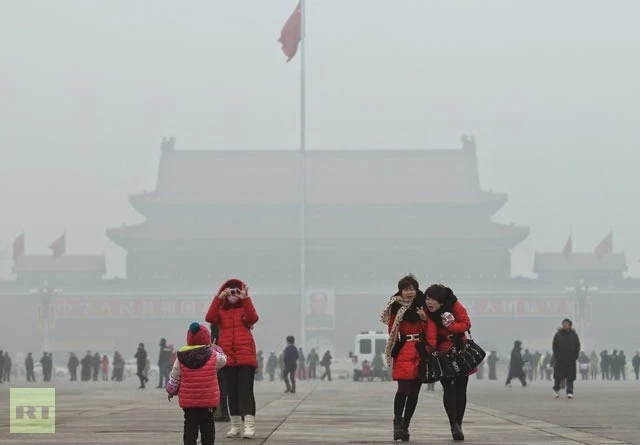Beijing closed or removed 392 polluting factories in 2014, according to the municipal people's congress, which opened on Friday.
A total of 30 industrial relief and cooperation platforms and 53 related programs were launched to pull the polluting companies out of Beijing in the past year, mayor of Beijing Wang Anshun said in a government work report.
Another 300 factories are expected to be closed in 2015.
Although efforts have been taken in 2014, Beijing failed to meet a key pollution reduction target last year with annual average density of PM2.5 down 4 percent, less than the 5 percent target, Wang said.
Source: Xinhua - globaltimes.cn
23- 24/1/15
--
-
Related:
---
A total of 30 industrial relief and cooperation platforms and 53 related programs were launched to pull the polluting companies out of Beijing in the past year, mayor of Beijing Wang Anshun said in a government work report.
Another 300 factories are expected to be closed in 2015.
Although efforts have been taken in 2014, Beijing failed to meet a key pollution reduction target last year with annual average density of PM2.5 down 4 percent, less than the 5 percent target, Wang said.
Source: Xinhua - globaltimes.cn
23- 24/1/15
--
-
Related:
---




 GR
GR FR
FR DE
DE ES
ES IT
IT RU
RU EU
EU